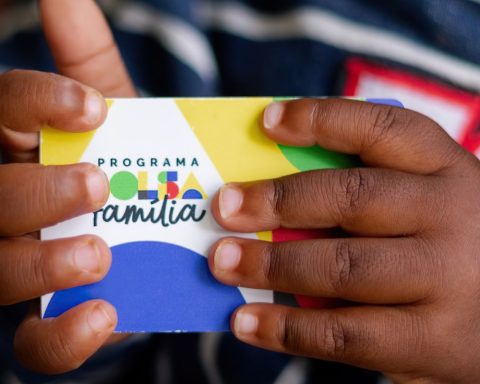In this month of October, dedicated to the fight against rheumatic diseases, experts warn that parents should be aware, because children can also develop symptoms from the first years of life. “From one year old to 18 years old, any age,” he told the Brazil Agencypediatric rheumatologist Claudio Len, professor at the Federal University of the State of São Paulo (Unifesp).
The main symptoms of rheumatic diseases that can attract the attention of parents and guardians are musculoskeletal pain, especially in the legs. “It’s joint pain, muscle pain and body aches in general,” he said. Often, these pains are accompanied by joint swelling, that is, by an increase in the size of the joints.
In pediatric literature, Len reported that one of the most prevalent diseases and that affects one in 500 children is called juvenile idiopathic arthritis (JIA), which comes with joint swelling and musculoskeletal pain. Other symptoms are prolonged fever, lasting more than a week or ten days, with no apparent cause; weight loss; in addition to a picture of skin rashes that do not fit into infectious diseases. “Parents should be aware because it can be a rheumatic disease”. He also said that parents often confuse rheumatic pains with growing pains.
impediments
Also coordinator of the non-governmental organization (NGO) Acredita – Amigos da Criança com Rheumatism, since 2001, Claudio Len clarified that rheumatic pain prevents children from performing age-appropriate activities.
“A child who limps, who wakes up in pain or who cannot go to school because of pain that is often accompanied by fever, lack of appetite, weight loss”. The pediatrician is responsible for monitoring and referring the pediatric rheumatologist to take care of the problem. “Together with the pediatrician, this specialist will perform a clinical examination in laboratories that can help in the diagnosis”. The NGO Believe works to improve care for children and adolescents monitored at the Rheumatology Outpatient Clinic of the Unifesp Department of Pediatrics.
Len clarified that rheumatic diseases have a specific treatment and a child with rheumatic disease, if well treated, leads a life like any other child.
Treatment
Treatment will depend on the disease. The most important thing, according to Claudio Len, is to teach parents what the disease is. Treatment is with drugs that control inflammation.
The specialist also highlighted that a delay of three to six months in treatment can cause irreversible joint damage in the child. “The earlier the diagnosis is made, the more specialized treatment will have the better result”.
He also highlighted that there is treatment for rheumatic diseases under the Unified Health System (SUS), as well as in health plans for patients in the private sector. “No one is left without proper treatment.” He also underlined that children diagnosed with juvenile idiopathic arthritis (JIA) have to be followed up for life by a pediatric rheumatologist until a certain age and, later, by a rheumatologist, as is the case with chronic autoimmune diseases such as diabetes, which have to be cared for for a lifetime, because they are diseases that can return.
Claudia Saad Magalhaes, a specialist in pediatric rheumatology and professor of pediatrics at the Faculty of Medicine of the Universidade Estadual Paulista Julio de Mesquita Filho (UNESP), said that the treatment of JIA is done with oral or injectable medication and aims to control disease progression, improving functional capacity and relieving pain in children and young people. “Proper therapy allows the patient to lead a normal life, with participation in physical activities and high-level sports,” she said.

















